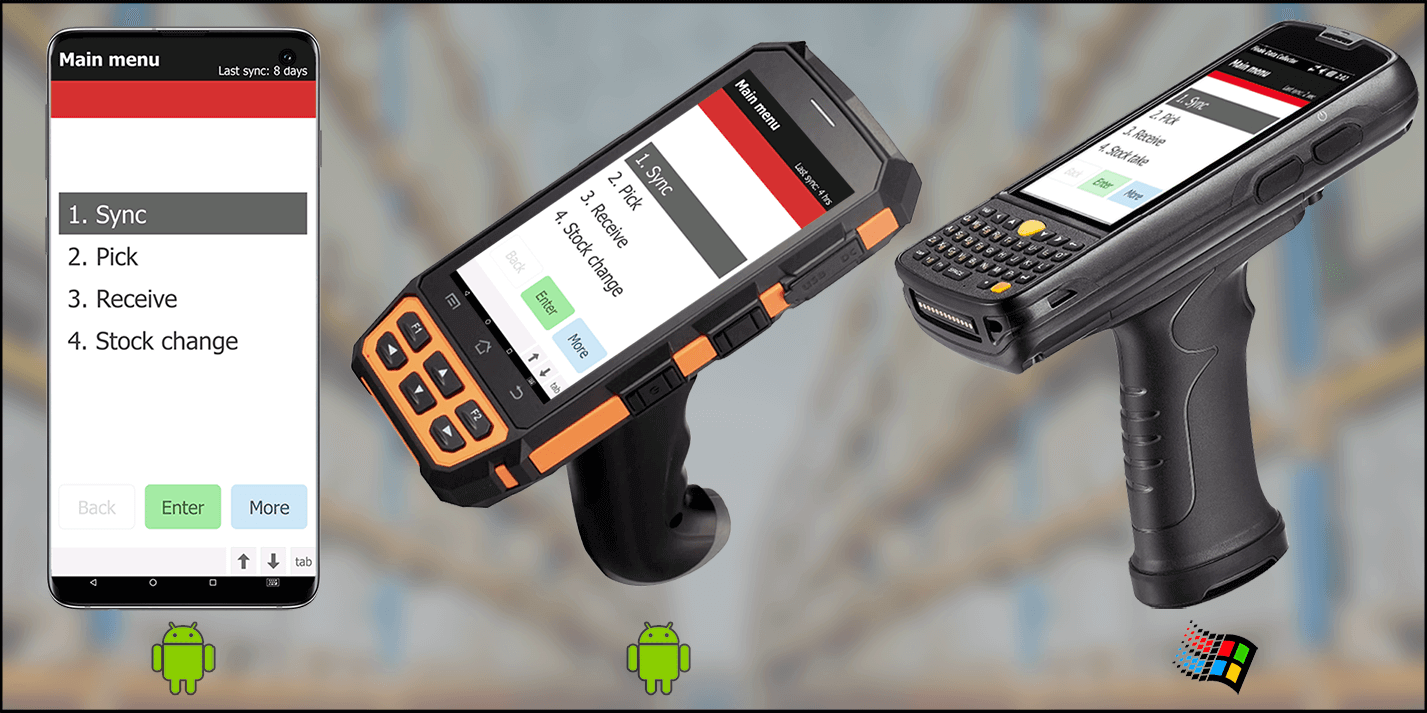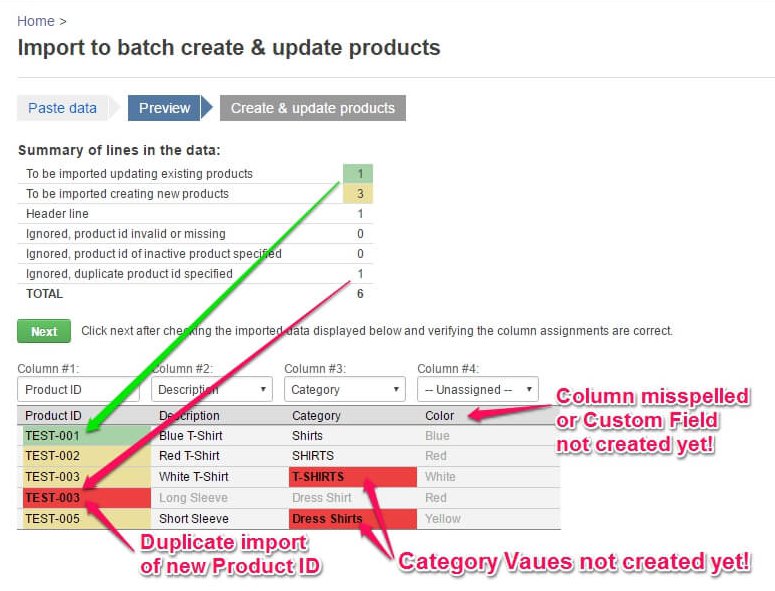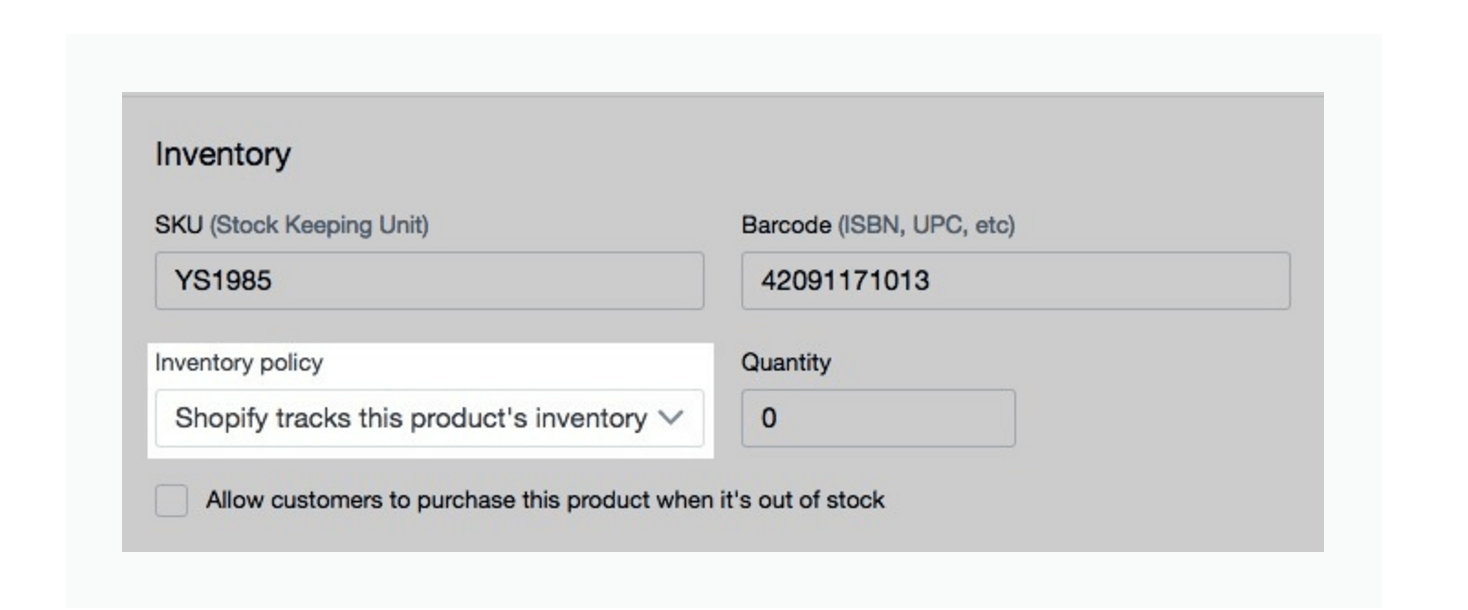


- #Delete a product in finale inventory how to
- #Delete a product in finale inventory update
- #Delete a product in finale inventory full
That is the real problem of listening to the user base. Those that are living in 2016 have mostly moved on.
#Delete a product in finale inventory full
Meanwhile Notion is very open-ended, even before you hook it to StudioOne.įinale is trapped by a user base full of people who want to use the product more or less the way they did in 1998, just with fewer bugs. The VST support is better with the 64-bit version, but we are still limited to just one effect per track and no other buses. The "mixer" is really lame with the minimum function necessary to even call it a mixer, and you can't even stretch the mixer window to accommodate more than about 12 tracks, no matter how big the monitor is. When I drag drum loops into any DAW they play perfectly immediately. And good luck ever sorting out the drum mappings. You have to drag it into a whole new score and then move it from there. You can't even drag an external MIDI clip into an existing score. Finale has better drag-drop support (mechanically) than any other notation program and it is one of Finale's greatest strengths, yet it fails so badly when we talk about dragging clips from external sources. Try to drag a MIDI drum loop into Finale. Rewire is widely used, but Finale gave it the bare minimum support - not including any of the ReWire 2 stuff. There are plenty of well-defined interfaces available to Finale. The question is whether they are a large enough group to affect MM's efforts in that direction. Still, there are those who still want Finale to focus more on notation features than playback. Finale seems to be going the flexibility route, which is in some ways more difficult, since they can only attack the problem from one end. That would make (eventual) connections between their notation and DAW offerings easier to manage. The product lookup import template can be downloaded here.It is notable that Notion and Dorico are both owned by companies that own their own DAW's. If you'd like to bulk REMOVE stores, then use the header Stores to Remove. Column 3: Stores to Add (which would be the connection name e.g ‘Amazon’).Column 2: Product Lookup (which is the marketplace sku). If the sku and the Finale product id are same identified, then column 1 and column 2 will be the same.The mapping can be created by following the instructions below.įirst, create a 3-column product mapping file in Excel using the following column headers: If a single product lookup should be associated with multiple stores, then list the name of each store in the column separated by commas. The stores columns is simply the name of the store associated with each product lookup being imported. One of the columns available to be imported is Stores.
#Delete a product in finale inventory update
Then choose "Import to batch create & update product lookups (aka scan lookups)". This can be found on in the quick links section of your home screen named " Import & Export". The second is using the import to batch create & update product lookups feature.

You can do this manually by following these steps, or you can create them in bulk when you add the stores (see below). If the product lookup (marketplace SKU) is not showing here at all, you'll need to create it first. This will tell Finale that we are updating that SKU with quantity to the chosen marketplace. Add stores to a product lookup using the "Edit stores for lookup" item in the Actions menu for each row in the table. The product lookups section near the bottom of the page will have a new column showing the stores connected to each product lookup. The Store is derived from the integration name (or location name for multi-location integrations). *Note: An active integration is required first before the store option is available. To remove stores, the steps are the same, however, for the bulk updates, you would use the column title "Stores to Remove" instead of "Stores to Add". Without it, Finale will not update the stock levels for that SKU. Think of a Store as a "flag" that tells Finale to update the quantity of that SKU to that integration. This is necessary because Finale allows you to configure the stock updates on a SKU by SKU basis. A "Store" is how Finale is configured to push stock levels back to the corresponding marketplace.

#Delete a product in finale inventory how to
The tutorial below is how to add stores to product lookups.


 0 kommentar(er)
0 kommentar(er)
